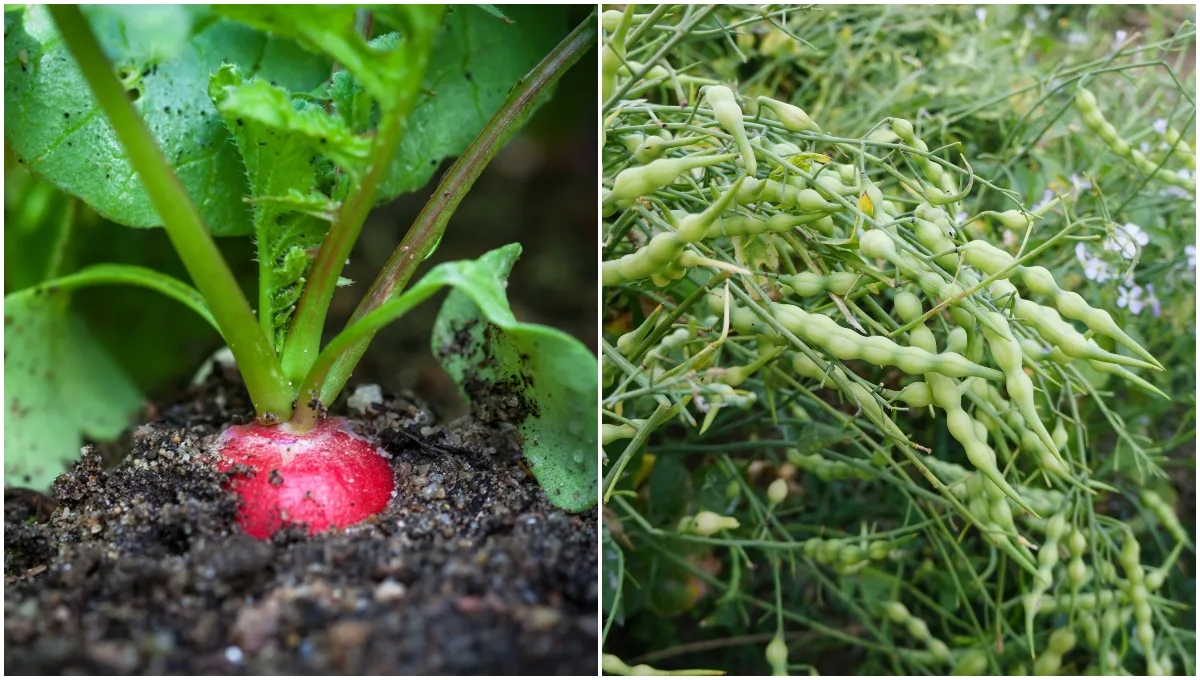
Radishes are one of the easiest crops to grow. But if you’re only eating the root, then you are missing a trick!
Whether you have a large garden or only a windowsill, growing radishes can actually offer far more food than you might imagine.
Most people think that each radish seed will produce just one plant and that each plant will produce just one edible root. But if you consider alternative edible elements of each plant, you can get a far higher yield. Discovering radish pods and how to use them will open up a whole new range of opportunities and help you to expand your home growing efforts.
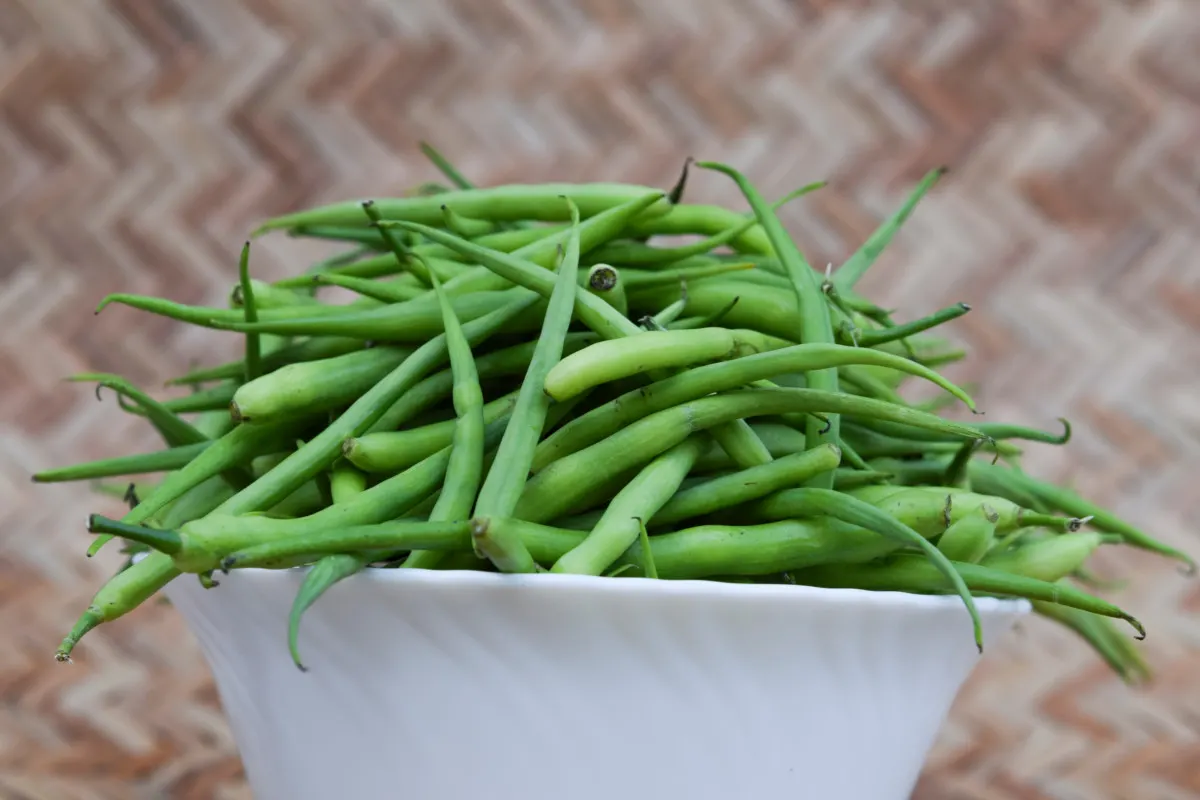
Want to make the most of all the space you have available? Let some radishes begin to set seed.
This is a great tip for the ‘lazy’ or low-maintenance gardener. All you have to do to get an abundant food source is sit back, do nothing, and let nature take its course.
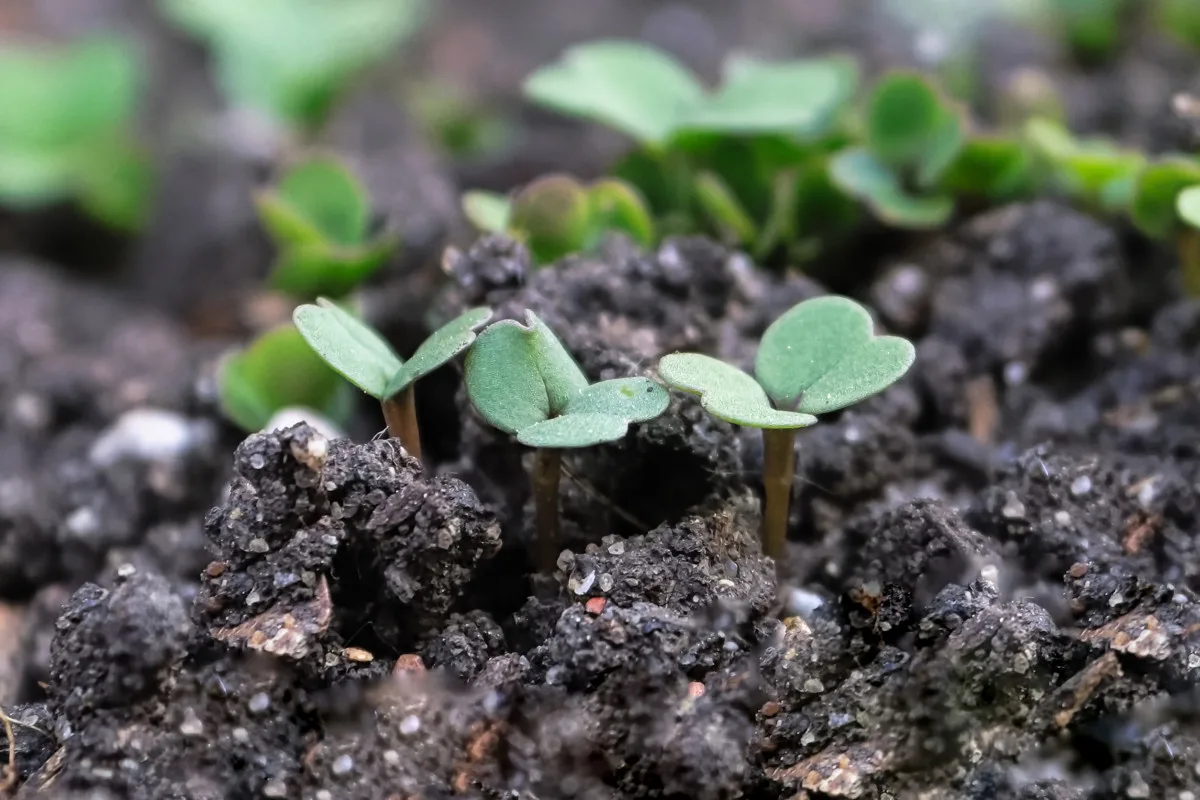
About Radishes
In order to understand radish pods, it’s useful to discover a little more about radishes and their life cycle.
There are a number of different types of radish commonly grown in gardens – from winter Daikon radishes to round red radishes and French breakfast radishes grown during the spring and summer months. But all types have the same basic growing habits and lifecycles.
Radishes (Raphanus sativus spp.) are members of the Brassica family. Their lifecycles resemble the lifecycles of other plants within this plant family.
The seeds are sown, and young seedlings emerge. The plants begin to put on leafy growth and grow quickly. (Note – you can also add young radish leaves to a salad – the whole plant is edible.) Soon, the roots will begin to bulb out, forming globes or tubular shapes depending on which variety you are growing.
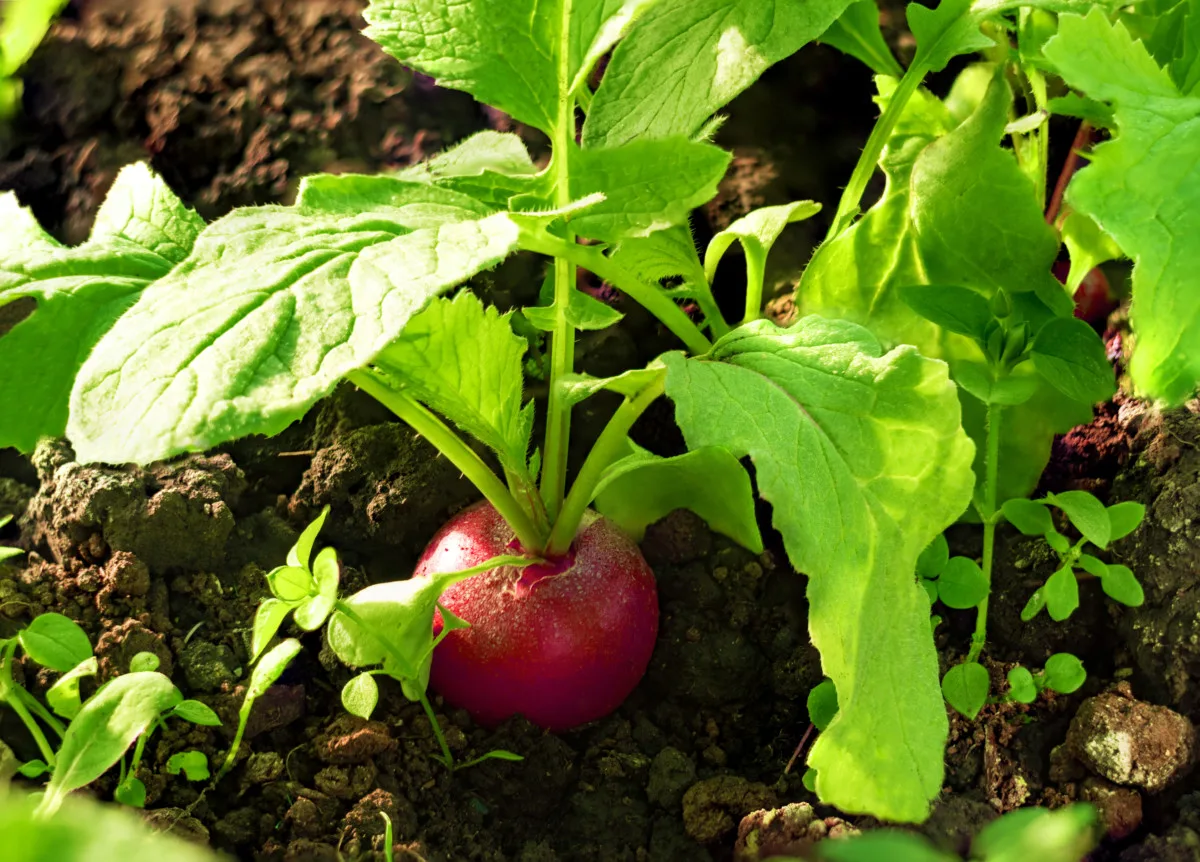
Most gardeners will wait until the roots reach the required size, then harvest. Sowing small numbers of radishes successionally will allow you to eat radishes throughout much of the year.
But if radishes experience heat stress, or are left in the ground for longer, once the roots are past their peak, the plants will begin to get leggy and wild and produce an abundance of flowers. Leave them a little longer still and those flowers will be pollinated and seed pods will begin to form.
What Are Radish Pods?
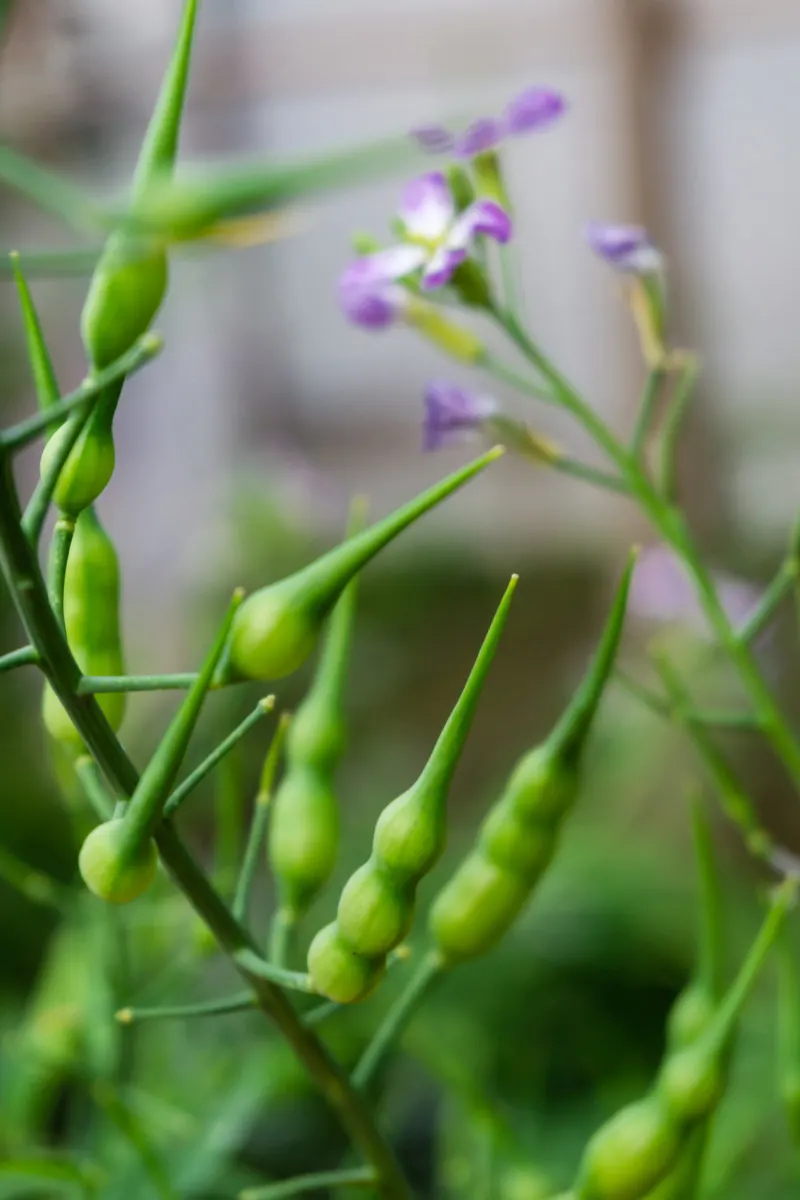
When we talk about radish pods, we’re talking about the green, slender seed pods that form on the radish plants. Botanically speaking, these elongated seed pods, common to members of the Brassica family, are known as siliques. Siliques have two fused carpels and usually burst open when ripe.
Botany aside, radish pods are crisp, juicy green pods that form after flowering. If left on the plant, these pods will form seeds inside and will turn dry and brown. But these pods are, when green and fresh, a delicious extra veggie in your garden.
Why Let Radishes Flower and Produce Pods?
Radishes that are allowed to flower – even before the pods arrive – are already doing good. As a gardener, you will benefit from the blooms. They may be small, but there are usually plenty of them. They not only look good, but also attract beneficial insects. Hoverflies, for example, are attracted to them and they will eat aphids and help control the population of this common pest.
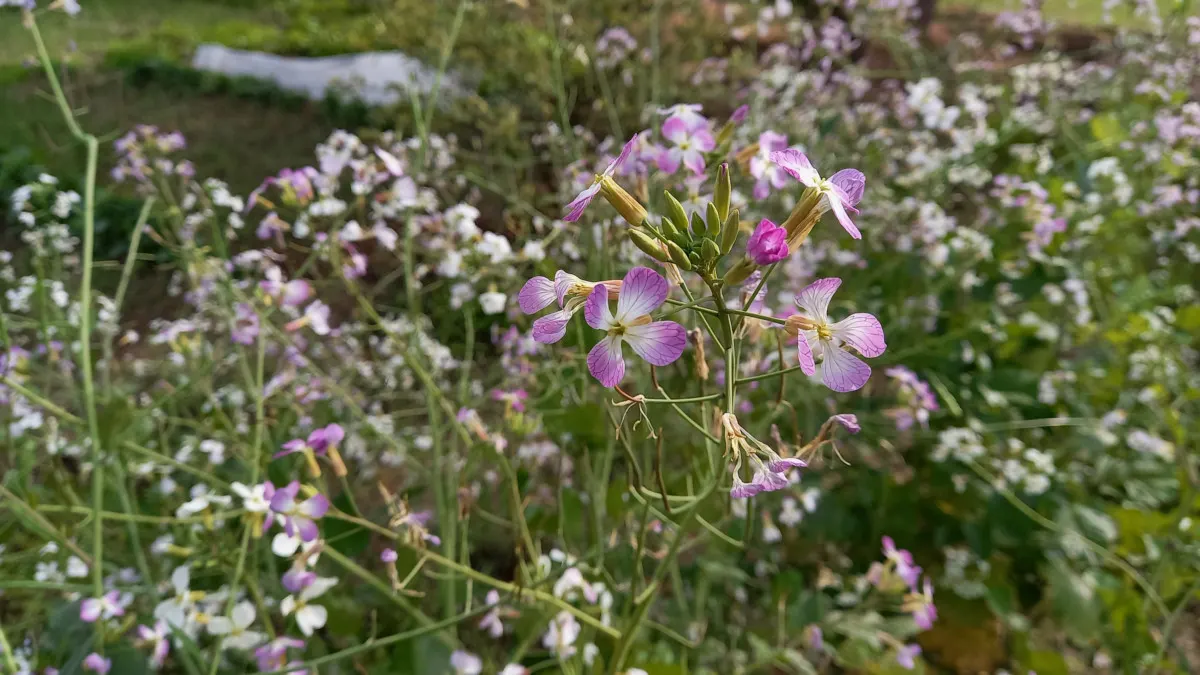
Radishes can also help to repel certain pests – and make a great companion plant for a wide range of fruits and vegetables.
Then, once the pods begin to form, there is the edible yield to enjoy. When harvested for roots, each radish plant will produce only one. But a single radish plant, if left to flower, will produce tens or even hundreds of edible pods. So you might argue that this is a much better return on your investment!
What is more, leave some of the pods on the plant and you can wait for the seeds to form. Once the pods are dry and brittle, you can remove the mature seeds, dry them thoroughly, then store them to plant next year. If you’re new to saving your own seeds, then radishes are one of the easiest plants to start with.
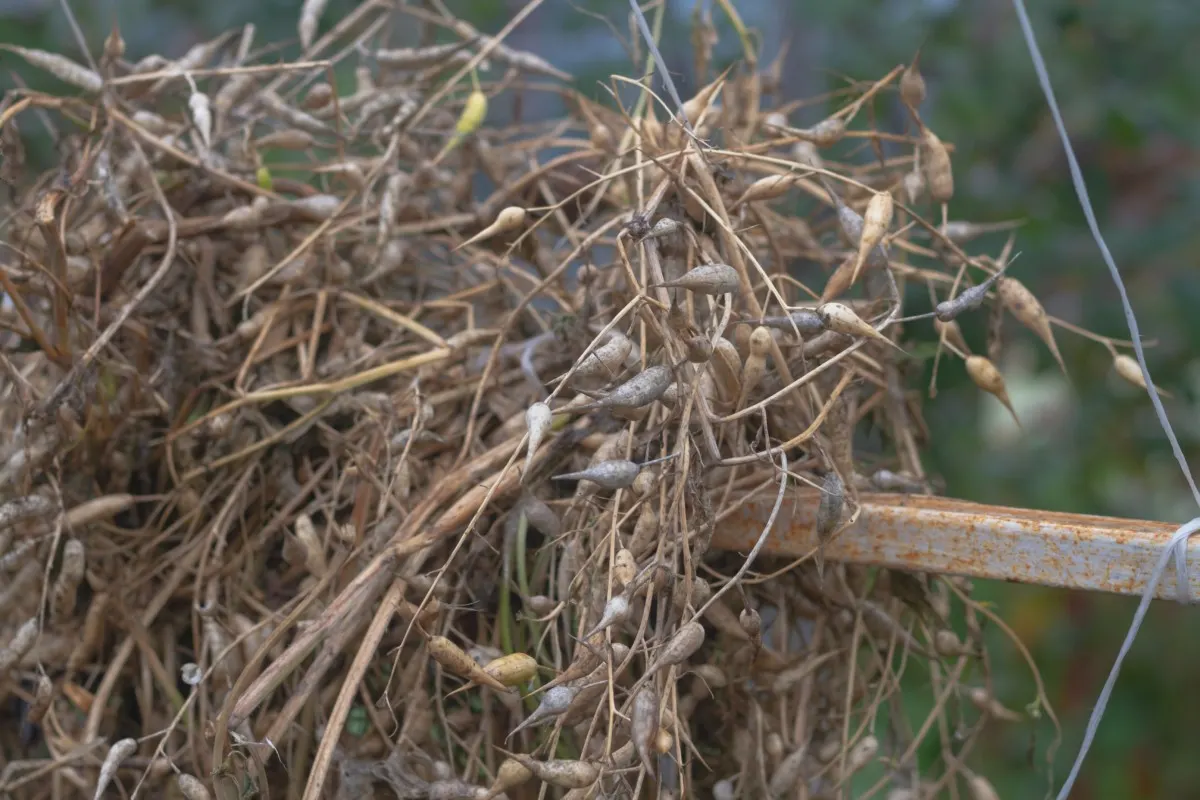
Choosing Radishes For Pods
All radish varieties will produce edible pods. I usually sow Daikon and ‘black Spanish’ radishes in my polytunnel in the fall. What I do is leave one or two plants in the ground, and in spring, I harvest the pods.
I also sow red globe radishes and French breakfast radishes through spring and early summer. The few I leave give me edible pods to enjoy in the fall.
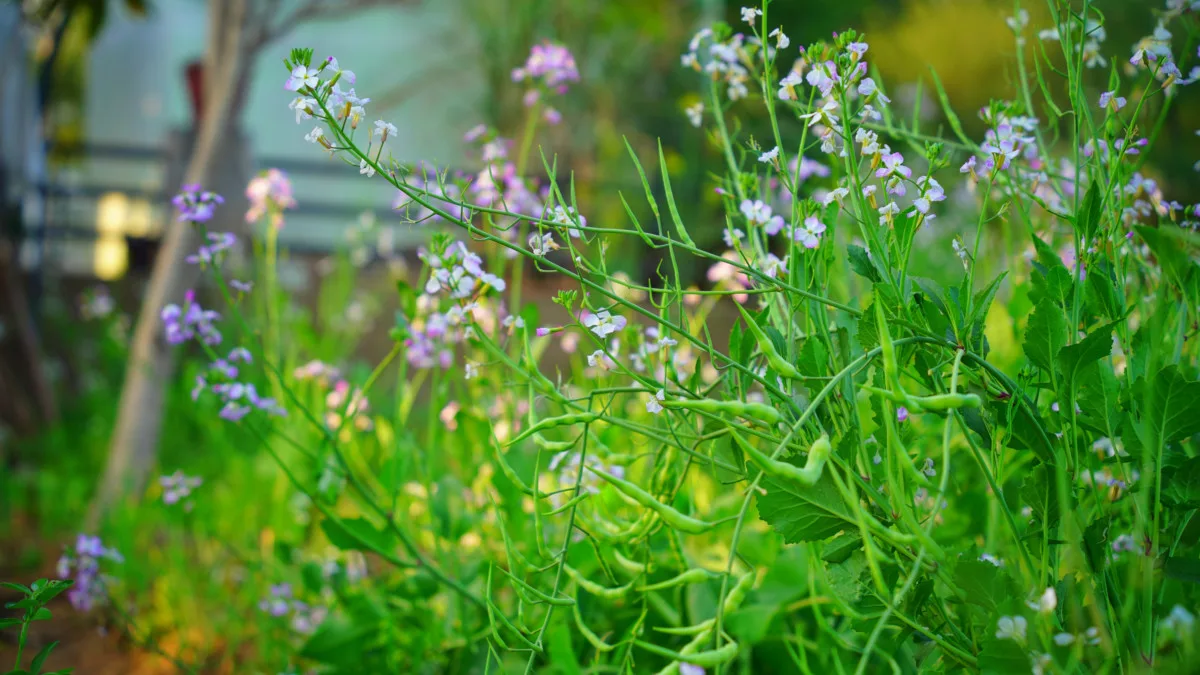
Though all radishes will produce edible pods, some will be larger and tastier than others. If you want to grow radish pods then you can also consider choosing varieties bred for their pods rather than their roots. Cultivars chosen for their edible pods include:
- Rat’s Tail (Raphanus caudatus)
- Dragon’s Tail (Same Latin name, but this one has purple rather than green pods.)
- Munchen Bier (Traditionally enjoyed with beer in Germany, these also form edible roots.)
- Singara (Indian cultivar with absolutely enormous pods).
These varieties are bred not only for larger pods, with excellent flavor, but also cultivated to go to seed more quickly. With these varieties, you will not need to wait as long before you can harvest pods.
Growing Radishes
Growing radishes is incredibly easy, and you can grow them in a wide range of gardens, or even inside your home. In a sunny or lightly shaded spot, radishes will grow well in containers, or in the ground. They can cope with most soil types, as long as it is sufficiently moist.
(One other interesting thing to note is that when you sow some seeds, you could also consider sprouting some. They have a great spicy taste and I sometimes eat them in salads or sandwiches.)
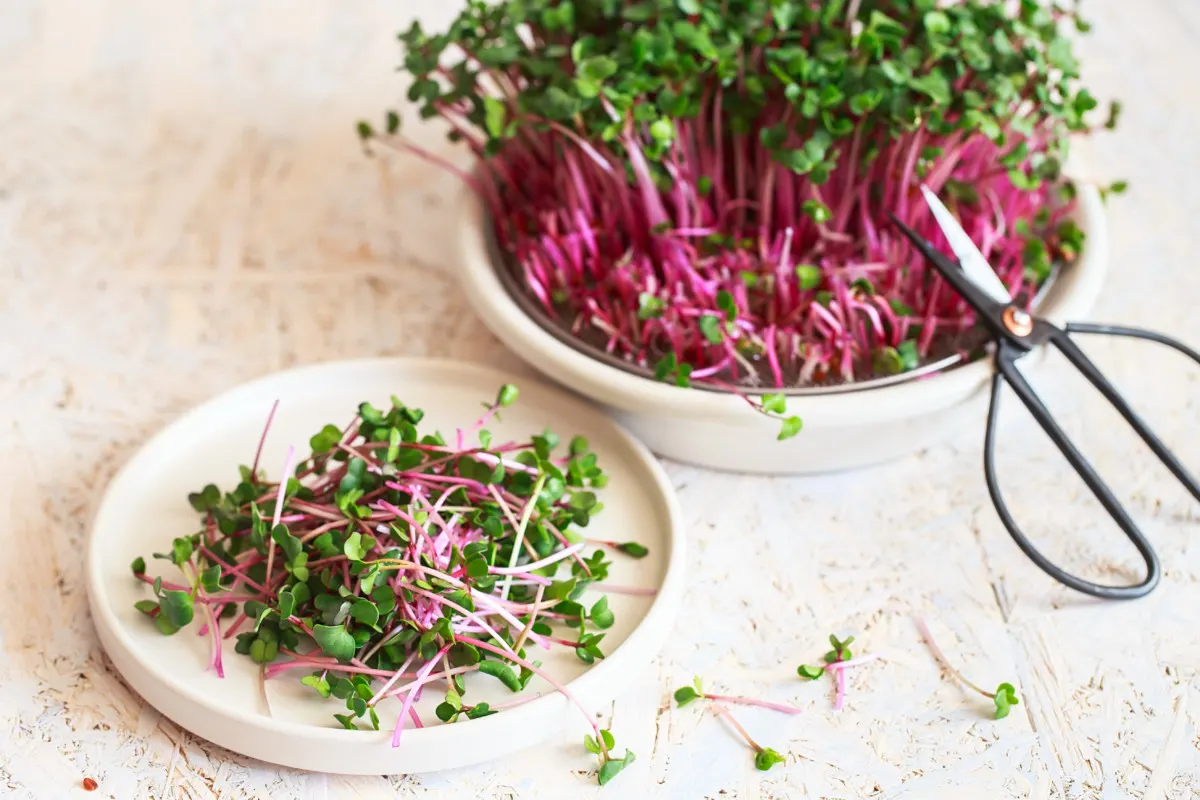
Summer varieties should be sown around 1 inch apart. Winter varieties are usually thinned to around 6 inches apart. I often sow radishes as a ‘catch crop’ between other, slower-growing crops. But a few I sow near the edges of a bed, where they won’t be in the way if I leave them to go to seed.
In my permaculture garden, wild profusion means that neatness often goes out the window. But if you like to keep a more orderly space, consider support – radishes that are flowering and producing pods will sprawl all over the place – and some can reach up to four feet or so in height!
Other than providing water (at least 1 inch of water per week), and some support if required, you can pretty much leave radishes alone to do their own thing.
Harvesting Radish Pods
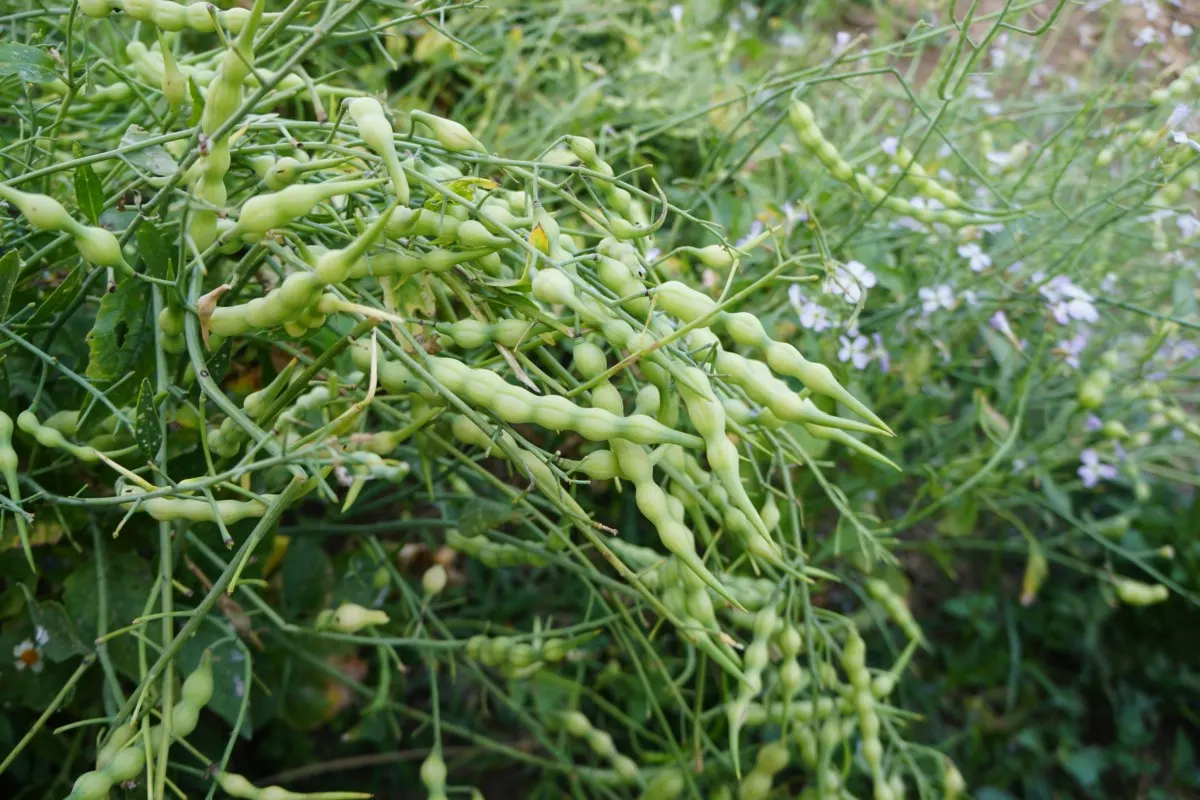
When harvesting root radishes, you should usually get in there early. Younger roots are more succulent, and older ones have a tendency to go woody and can become inedible.
It’s also a good idea to get in there early when it comes to the pods. The longer the pods are on the plants, the tougher and more fibrous they become. Pick the pods when they are fat and juicy before they begin to dry out.
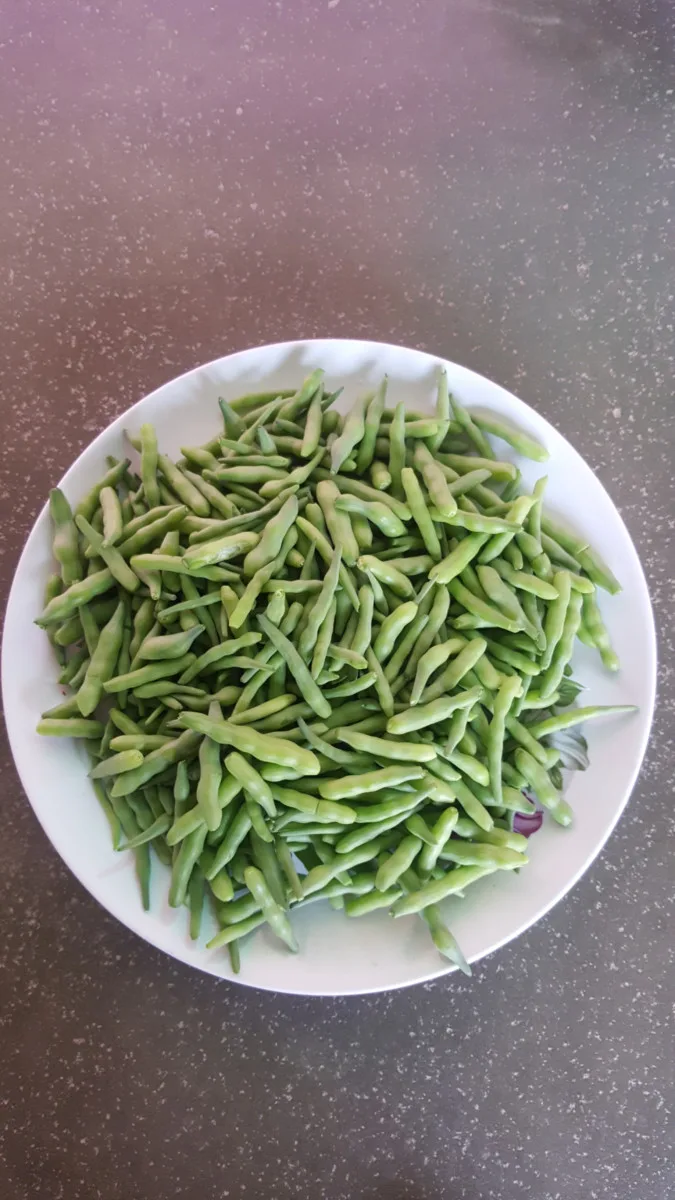
Simply pluck or snip the pods off the stems, and eat them right away, or use them in one of the recipes suggested below.
10 Ways To Use Radish Pods
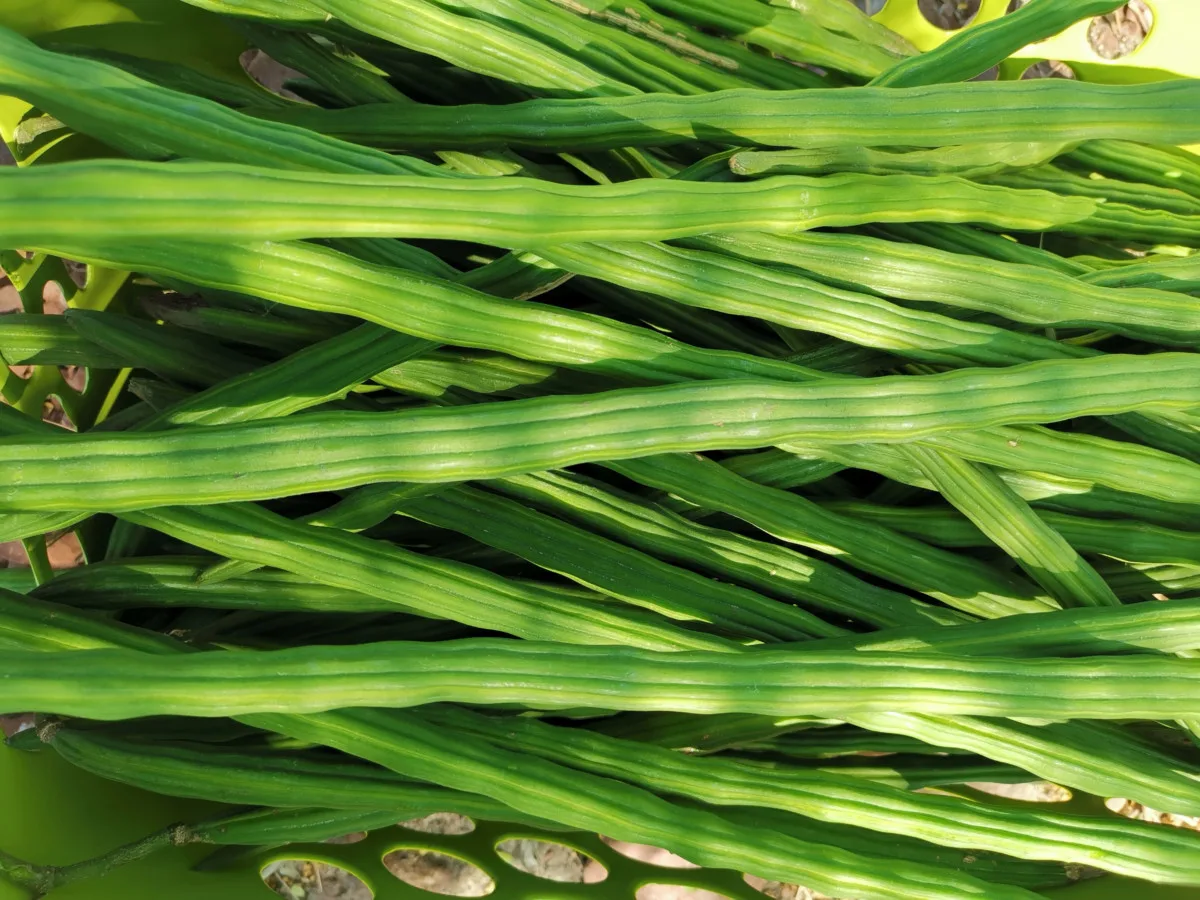
To me, the flavor of radish pods is rather similar to that of the more familiar radish roots. Some can be a lot fiercer and spicier than others, but generally, the younger pods have a delicate and slightly milder flavor than the roots. The texture and general taste are reminiscent of snap peas. So I would describe the radish pods as a cross between radishes and snap peas. Once cooked, even spicier ones tone down quite a lot.
To help you make the most of your radish pod harvest, here are some of the ways that to use them:
1. Eat Them as A Snack
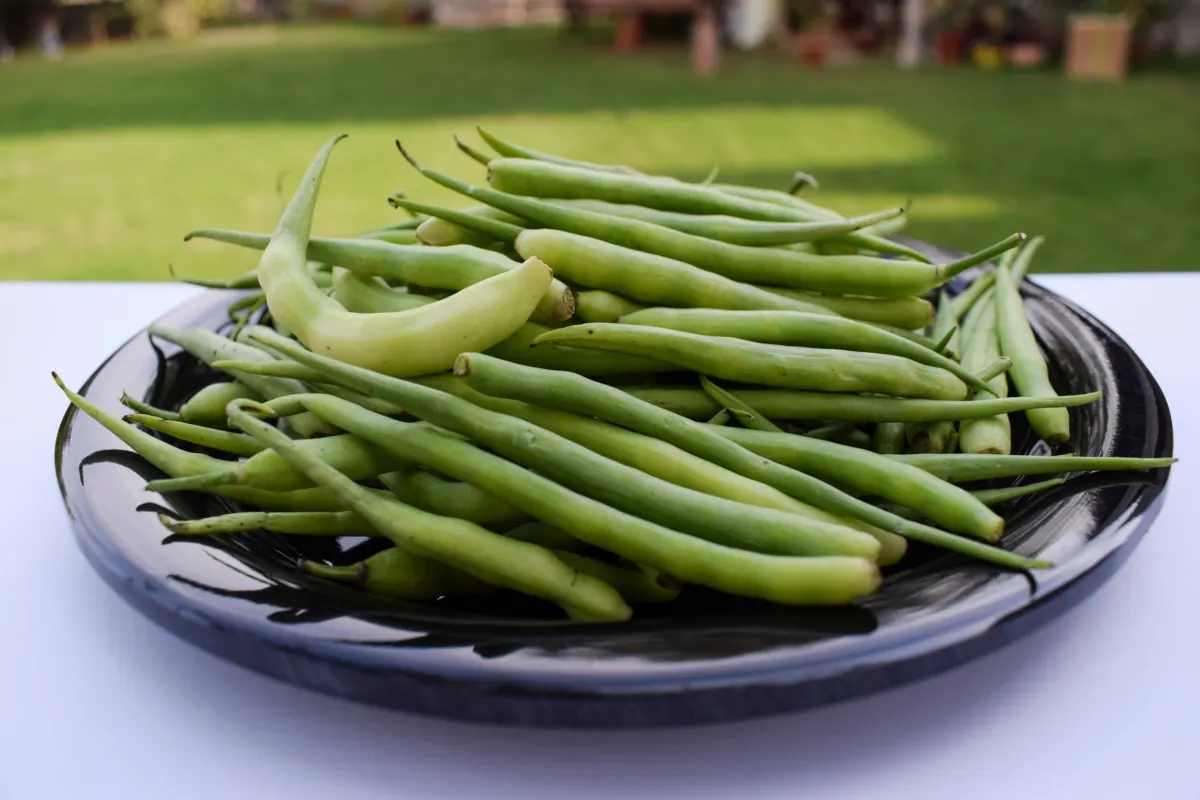
The simplest and easiest way to eat radish pods is simply to enjoy them as a slightly spicy snack. If you are a beer drinker, I understand that they go very nicely with this tipple. They can be enjoyed on their own, or with a cream cheese or cashew-based dip.
2. Add Them to Salads
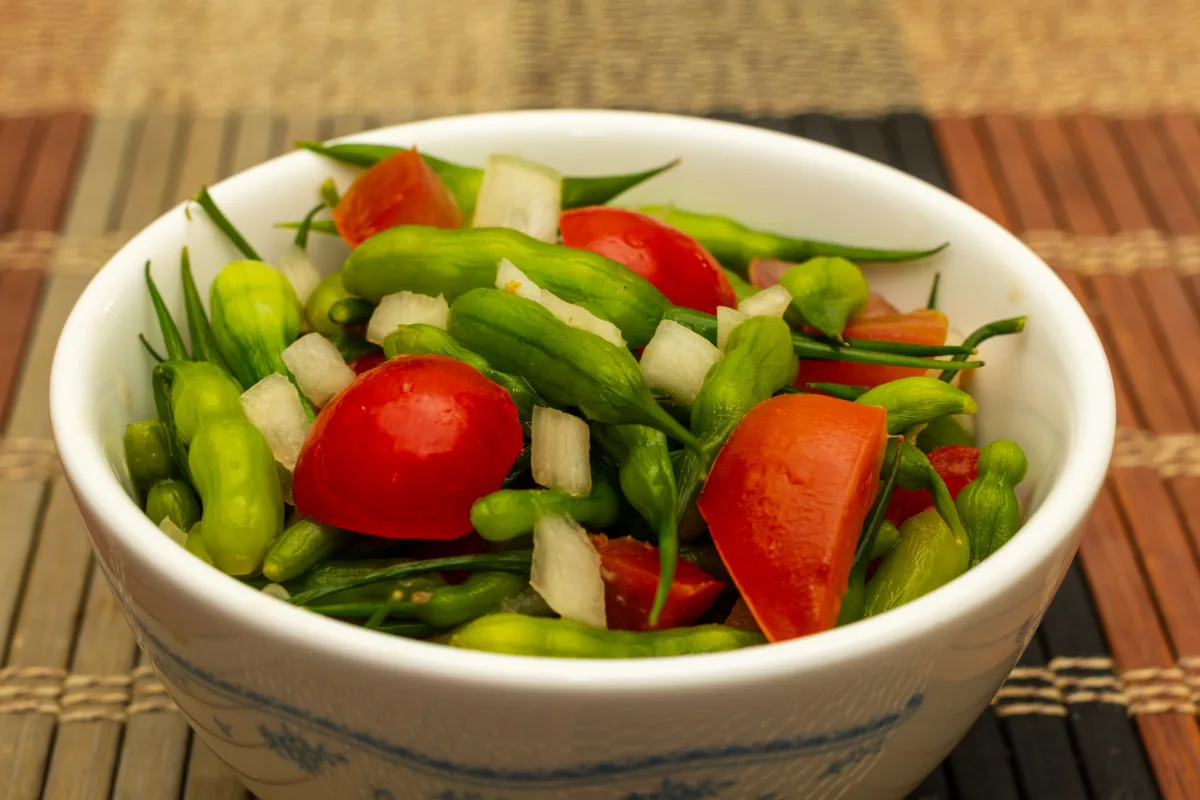
The raw pods are also great in salads. Here are a few examples:
Mixed green salad with hard boiled eggs and radish pods @ latimes.com
Tomato and Radish Pod Salad @ americasheartland.org.
Radish pod and guava salad @ cookpad.com
But you can pretty much substitute regular radishes for their pods in any radish salad recipe.
Just last night, for example, I added a few pods to a salad with some regular radishes, some mange tout, lettuce, scallions, chard and baby-leaf kale.
3. Purée Them To Make a Dip or Sandwich Spread
When I have a lot of radish pods, I like to blend them with other ingredients to make a dip, pesto or sandwich spread. The juicy and mildly spicy pods lend themselves to the perfect combination with fresh and zesty ingredients.
4. Use Them in Stir-Fries
You don’t have to restrict yourself to eating the pods raw. I also like to sauté them quickly and use them stir-fried. For example, I have stir-fried them with ginger, soy, and Asian greens and spices, and also with cabbage, carrots and snap peas.
5. Add Them To Light, Spring Pasta Dishes
I also use radish pods tossed into light, spring-fresh pasta dishes. For example, I like the combination of radish pods, snap peas, chives and spinach tossed into creamy pasta.
6. Make a Spring Risotto
Another combination that I find works well is tossing radish pods into a risotto near the end of cooking. For example, I have made a fresh feeling risotto with fava beans, garlic, chives, and radish pods.
7. Add Them to Omelettes, Frittatas or Quiche
I also like adding radish pods to egg-based dishes such as omelets, frittatas or quiches. The radish pods add a slightly spicy freshness to these dishes and work well alongside other ingredients like peas and thyme, or tomatoes and onions later in the year.
8. Make a Radish Pod Pizza
In our house, we also like adding seasonal veg like radish pods on pizzas, along with a handful of whatever fresh ingredients we have to hand.
9. Add Them To Curries
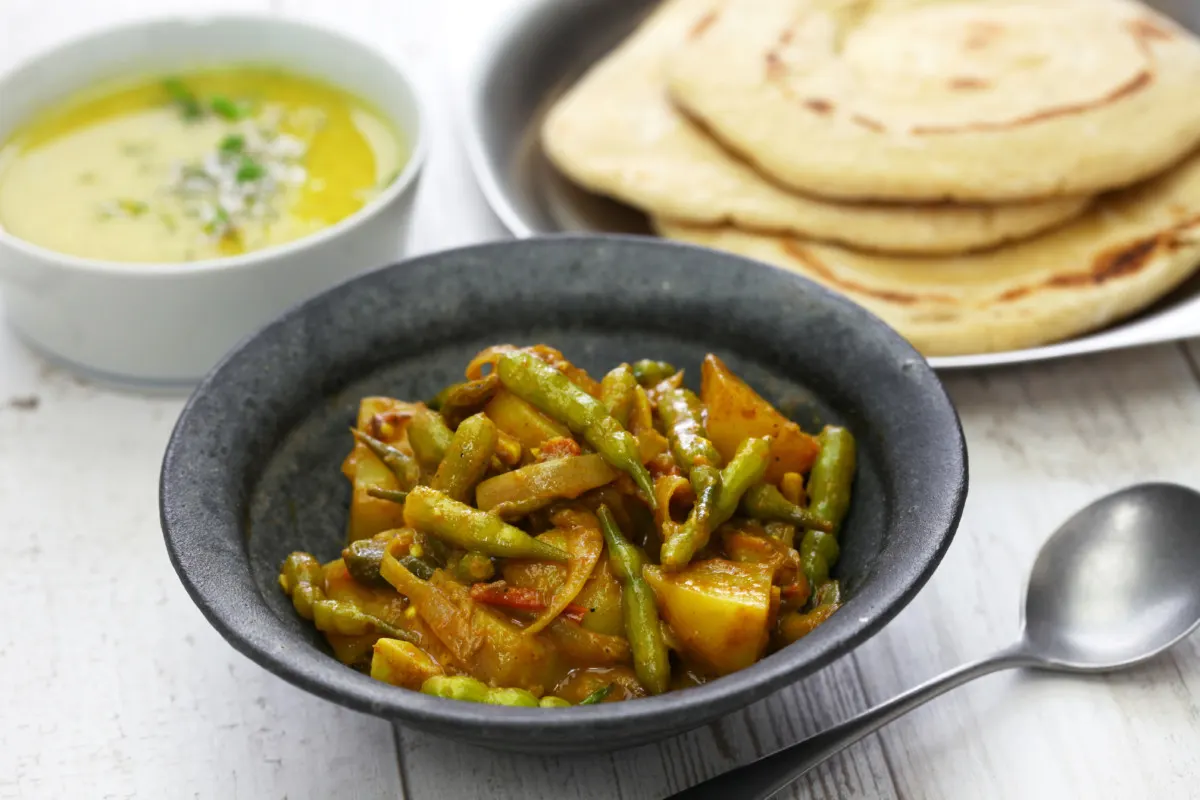
In parts of India, Pakistan and Bangladesh, radish pods are a traditional ingredient, often used in curries. You can add your radish pods, no matter what varieties they come from, to a range of curries – they can work very well with strongly spiced dishes.
Radish Pod and Potato Curry @ sahkeenahbegum.com.
10. Pickle Them
If you want to save some of your radish pods for later, or can’t use up all that you harvest quickly enough, pickling them is the best way to go. There are plenty of recipes for radish pod pickles available online, including:
Pickled Radish Pods @ traditionalcookingschool.com.
These are just some of the many ways that you can use up this useful and interesting additional yield from a radish crop.

Get the famous Rural Sprout newsletter delivered to your inbox.
Including Sunday musings from our editor, Tracey, as well as “What’s Up Wednesday” our roundup of what’s in season and new article updates and alerts.

